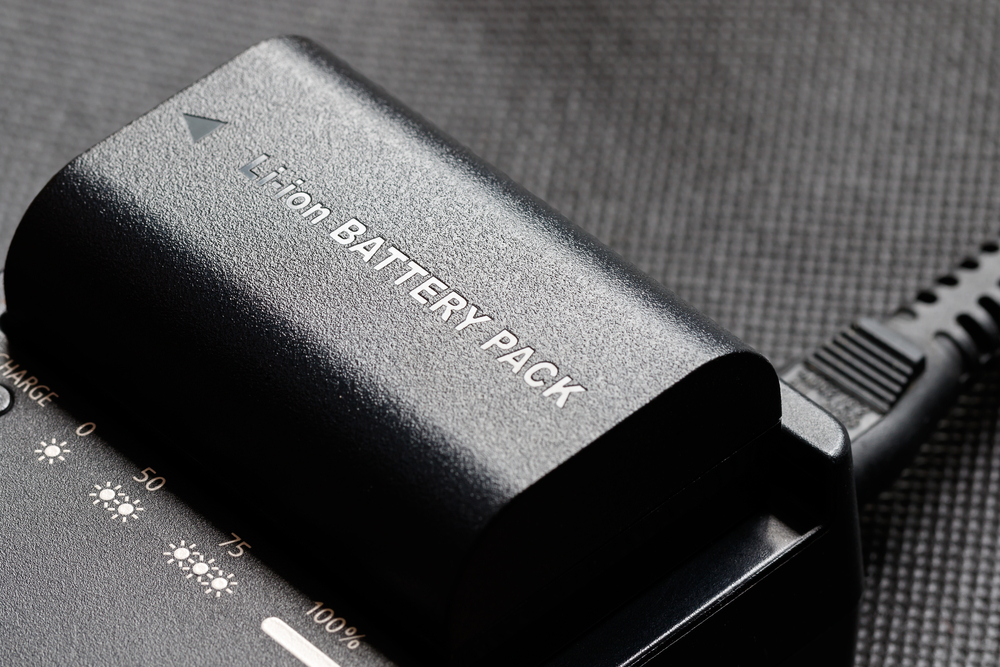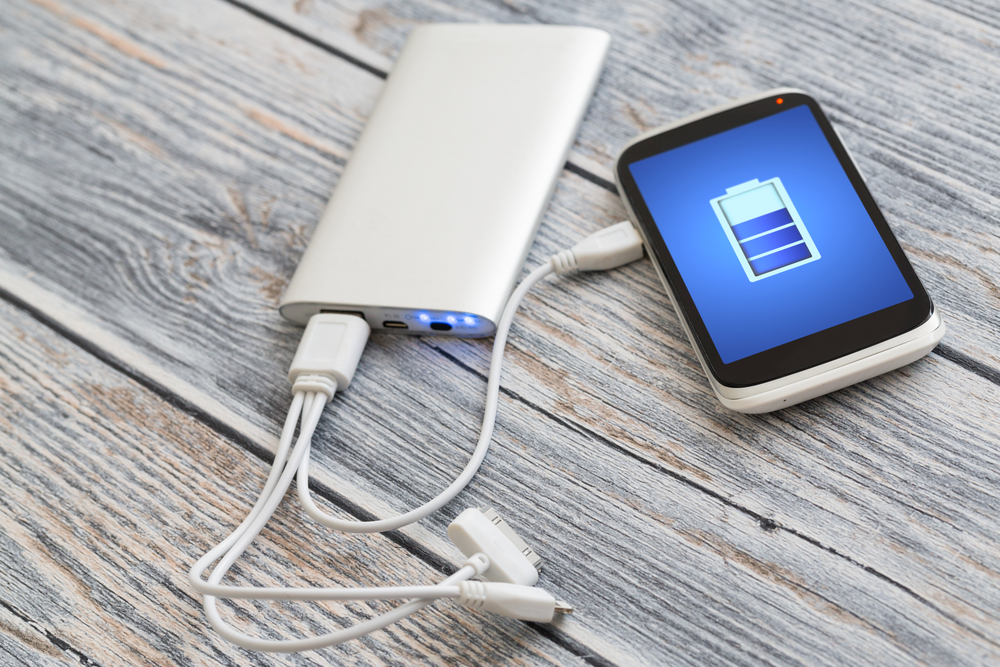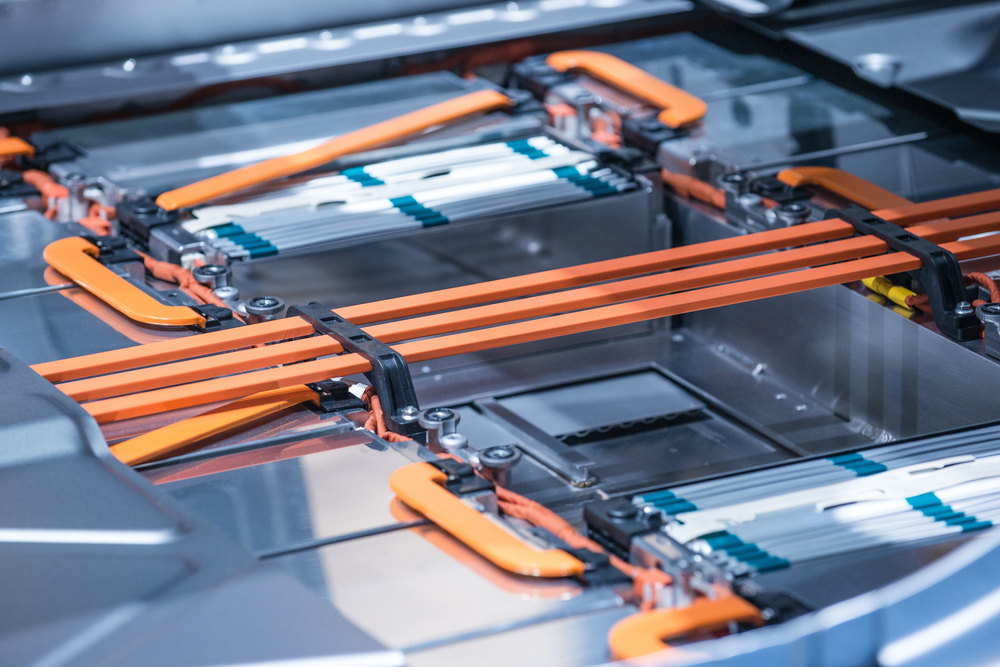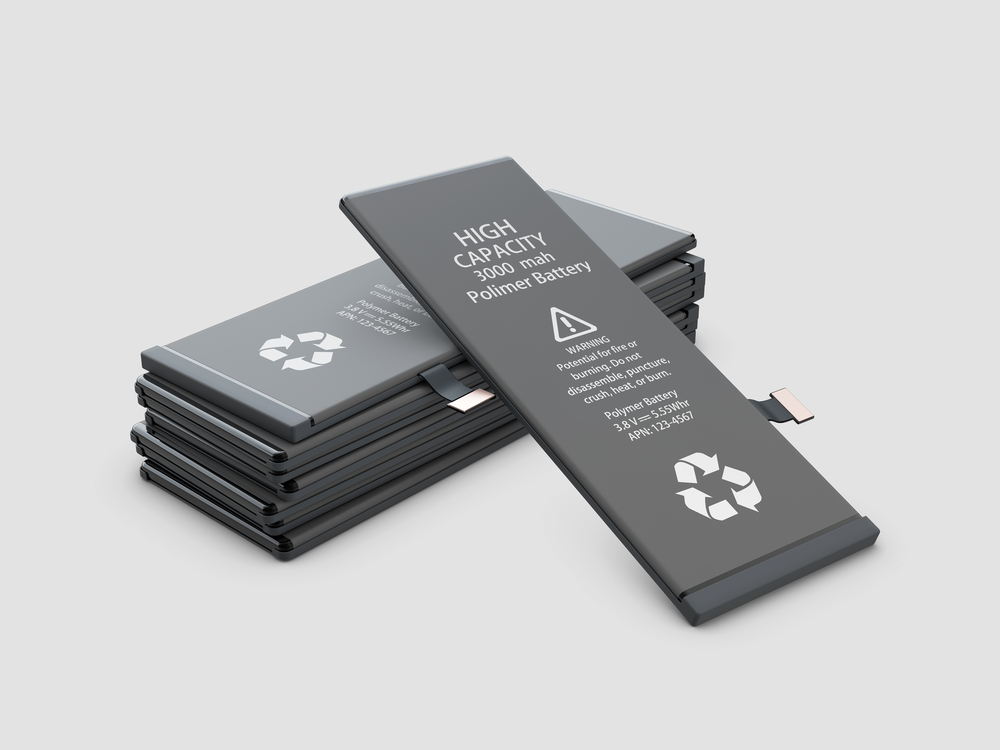
If the device you’re reading this article from is not getting its power from a wall socket, it’s most likely that it’s using a lithium-ion battery (sometimes called a Li-ion battery). The demand for this type of battery has been increasing in recent years because advances in technology are making it possible to reduce the size of the battery while increasing the amount of energy stored.
In this article, we focus on lithium-ion batteries. Why are these batteries attracting so much interest? The American multinational technology company Apple has the answer: “Compared with traditional battery technology, lithium-ion batteries charge faster, last longer, and have a higher power density for more battery life in a lighter package.” Apple adds, “When you know a little about how they work, they can work that much better for you.”
We start by looking at some statistics showing the state of the lithium-ion battery industry; then, we explain how lithium-ion batteries work and provide tips on how you can preserve the battery in your device. Finally, we go through some of the technologies rivaling lithium-ion batteries.
Some Statistics
To get an idea of the state of the lithium-ion battery industry, let’s look at some quick statistics:
● The demand for battery power across the world is expected to increase from 184 GWh (Gigawatt hours) in 2018 to over 2,600 GWh by 2030. To get an idea of what these numbers mean in reality, you may need to know that 1GW can power 110 Million LEDs.
● The lithium-ion battery demand is spurred by the rapid growth in electric vehicle sales, with companies like Tesla selling 500,000 electric vehicles in 2020.
● In 2020, the projected size of the lithium battery market was $35.3 billion; it is expected to double that figure in 2025.
● As demand for lithium-ion batteries continues to increase, the cost of these batteries is expected to be 50% lower by 2030.
● In May 2021, researchers at the Paulson School of Engineering and Applied Sciences reported that they had designed an electric car lithium-metal solid-state battery that can be charged within 10 to 20 minutes and can be charged and discharged at least 10,000 times.
A Nobel Prize for the Scientists Behind the Technology
As an indication of how revolutionary the lithium-ion battery technology is, the scientists who played an active role in developing the technology were awarded the Nobel Prize in Chemistry in 2019. These scientists are John B. Goodenough, M. Stanley Whittingham, and Akira Yoshino.
ScienceDaily.com, a source of technical, scientific, and medical research information, provides an idea as to why the Nobel Committee found the three scientists deserving of the accolade. The website quotes the Nobel Foundation: “Lithium-ion batteries have revolutionized our lives since they first entered the market in 1991.” Adding, “They have laid the foundation of a wireless, fossil-fuel-free society, and are of the greatest benefit to humankind.”
The Technology Behind the Lithium-Ion Battery
Like traditional non-rechargeable batteries, lithium-ion batteries store energy and turn it into electricity when required. The energy that powers a device results from the flow of an electric current from the negative end to the positive end of a battery.
In the same way as any other battery, a lithium-ion battery is composed of cells. The cells are the components responsible for generating power. In each cell, you will find three components:
Positive electrode (+): A chemical compound known as lithium-cobalt oxide (LiCoO2) or lithium iron phosphate (LiFePO4) is used to make the positive electrode (cathode). The positive electrode is attached to the positive terminal of the battery.
Negative electrode (-): Usually manufactured from carbon (the same material found in the inner part of a pencil), the negative electrode (anode) is connected to the negative terminal.
Electrolyte: This is the mineral that transmits the electrical charge between the cathode and the anode. In some batteries, this material is dissolved in water, resulting in many people believing that an electrolyte is always a liquid. However, there are many instances where the electrolyte is solid.
Charging and Discharging Lithium-Ion Batteries

When a rechargeable lithium-ion battery charges, monovalent cations (ions carrying a positive charge) are transmitted from the cathode to the anode. As these positive electrons move, the cathode gains electrons, and the anode loses electrons through processes known as reduction and oxidation, respectively. The device is fully charged when no ions are left to flow.
When your device is fully charged and you start using it, the monovalent cations move from the anode to the cathode. When your mobile phone or laptop switches off because the battery is dead, it means that no more ions are flowing from the negative to the positive terminal.
Preserving the Lifespan of a Lithium-Ion Battery
One of the issues that cause confusion with lithium-ion batteries is how you should charge the battery so that you preserve its lifespan. The lifespan of a lithium-ion battery is often determined by charge cycles.
When mobile devices that use lithium-ion batteries first became popular, we were often told to wait until the battery was almost empty before we could charge it. Even while charging it, you would normally keep checking the battery to see if it was full so that you could remove it from the charger. This was done to prevent the battery from charging beyond its capacity.
Recent developments in lithium-ion batteries and mobile devices have made things a lot easier. For instance, Apple advises users: “Charge your Apple lithium-ion battery whenever you want.” Adding, “There’s no need to let it discharge 100% before recharging.”
Apple also defines the phrase charge cycle: “You complete one charge cycle when you’ve used (discharged) an amount that equals 100% of your battery’s capacity — but not necessarily all from one charge.”
The above statement means that if your battery is at 50%, a full recharge cycle will only happen when you have used the battery to 0%, recharged the battery to its full capacity, and then using it until it has discharged to 50%, using up a total of 100%. If you charged it again at this point, you are starting a second recharge cycle. This is different from saying that a recharge cycle is every time you place your phone on the charger and then remove it when full.
Tips to Preserve a Lithium-Ion Battery
In an article published by PowerElectronics.com, a website dedicated to power design, Fran Hoffart provides some tips on extending the lifespan of a lithium-ion battery:
● Recharge your battery at any time you want: Remember, the less power a battery has, the harder it works to keep your device going, in the process shortening the battery life.
● Avoid charging to 100% capacity: As the battery charges, it becomes warm, which can have a detrimental effect on its lifespan. Removing the battery from the charger at 80% full means that it spends less time warming up per charge.
● Avoid charging at extreme temperatures: Charging the battery below 0°C can make it unstable and unsafe.
What about a fast charge? In answering the question related to whether fast charging will damage your battery, Clifford Colby of Cnet.com cites experts’ opinions. He concludes, “Fast charging won’t damage your battery.”
Colby supports his conclusion by noting that the initial phase of a fast charge “applies a blast of voltage to the empty or nearly empty battery,” rapidly charging the battery in the initial minutes of the charge. Because the battery is empty, it can easily absorb the energy blast without suffering damage.
In his article, Colby answers another common question: can you overcharge your battery? He says that you can’t overcharge your battery because modern devices are designed to monitor the charging process and stop charging once the battery is full.
Advancing Technologies

As the demand for more power increases, scientists and battery manufactures are hard at work improving the technology. These efforts result in the discovery of materials that seek to deal with the limitations of the batteries currently in use.
Dealing With Explosions
Some of these researchers working on the solutions to the challenges and limitations of current lithium-ion batteries are at the Texas A&M University. In an article published by the university, Vandana Suresh reports that the researchers “have invented a technology that can prevent lithium batteries from heating and failing.”
Suresh quotes Juran Noh, a student involved in the Texas A&M University project, who says, “We have designed the next generation of anodes for lithium batteries that are efficient at producing large and sustained currents needed to charge devices quickly.” Noh adds “that this new architecture prevents lithium from accumulating outside the anode, which over time can cause unintended contact between the contents of the battery’s two compartments, which is one of the major causes of device explosions.”
Efforts to Extend Battery Life
One of the significant frustrations when using lithium-ion batteries is the gradual loss of capacity. This is an issue that teams from the Japan Advanced Institute of Science and Technology (JAIST) are working on.
EurekAlert.org, a website run by the American Association for the Advancement of Science (AAAS), reports that the Japanese scientists are developing “a novel binder material that protects the graphite anode of Li-ion batteries from degradation even after 1700 cycles.”
If the Japanese scientists succeed, a rechargeable phone battery could last about six times its current lifespan (assuming a battery needs to be replaced after 300 charge cycles).
The graphite anode is vital in the life of a lithium-ion battery because as the battery gets charged, it degrades. The AAAS article says that for the graphite in the battery to remain intact, it needs a good binder. The piece reports that the binders currently being used are far from ideal because of several drawbacks.
Going Beyond Lithium-Ion Batteries
While efforts to improve lithium-ion batteries are ongoing, there are parallel attempts to look at materials different from lithium. For instance, an article by Michael Taylor published by Forbes.com reports on an Australian aluminum-ion battery innovation that promises to charge a lot faster than the lithium-ion battery.
Taylor reports that “The graphene aluminum-ion battery cells from the Brisbane-based Graphene Manufacturing Group (GMG) are claimed to charge up to 60 times faster than the best lithium-ion cells and hold three times the energy of the best aluminum-based cells.” These batteries are expected to be introduced into the market later in 2021.
More Energy Density

Energy density denotes the amount of energy that can be stored within a specific space in a material. Therefore, if a smaller battery and a bigger one store the same amount of energy, the smaller battery is said to have a higher energy density than the bigger battery. Improving energy density is what a startup called QuantumScape is working hard to achieve.
On December 8, 2020, QuantumScape released a statement indicating that the data it has collected from its next-generation solid-state lithium-metal batteries “demonstrates high energy density solid-state lithium-metal battery technology that improves life, charging time, and safety.” The company claims that its battery is “designed to enable up to 80% longer range compared to today’s lithium-ion batteries.”
Charging Ten Times Faster
Scientists at the Department of Electrochemistry at St Petersburg University claim that they are working on redox-active nitroxyl-containing polymers. In an article written by the university and published by Scitechdaily.com, the scientists claim that “A battery manufactured using our polymer will charge in seconds – about ten times faster than a traditional lithium-ion battery.”
The scientists at St Petersburg University admit that their batteries have faced a challenge when it comes to capacity. SciTechDaily.com quotes the research team leader who says, “However, at this stage, it is still lagging behind in terms of capacity – 30 to 40% lower than in lithium-ion batteries.”
Batteries Will Have a Crucial Role in the Future
As the world realizes that using fossil fuels as a source of energy is unsustainable in the long run, battery power will play a crucial role in the energy transition.
If you look at the efforts we presented above; it’s clear that both the academic community and industry are rising to the challenge of ensuring sustainable energy through the production of safer, lighter, cheaper, and longer-lasting batteries per charge with equally longer lifespans overall.
Article care of https://www.icrfq.com/blog/recent-developments-in-batteries-lithium-ion-and-beyond.html

